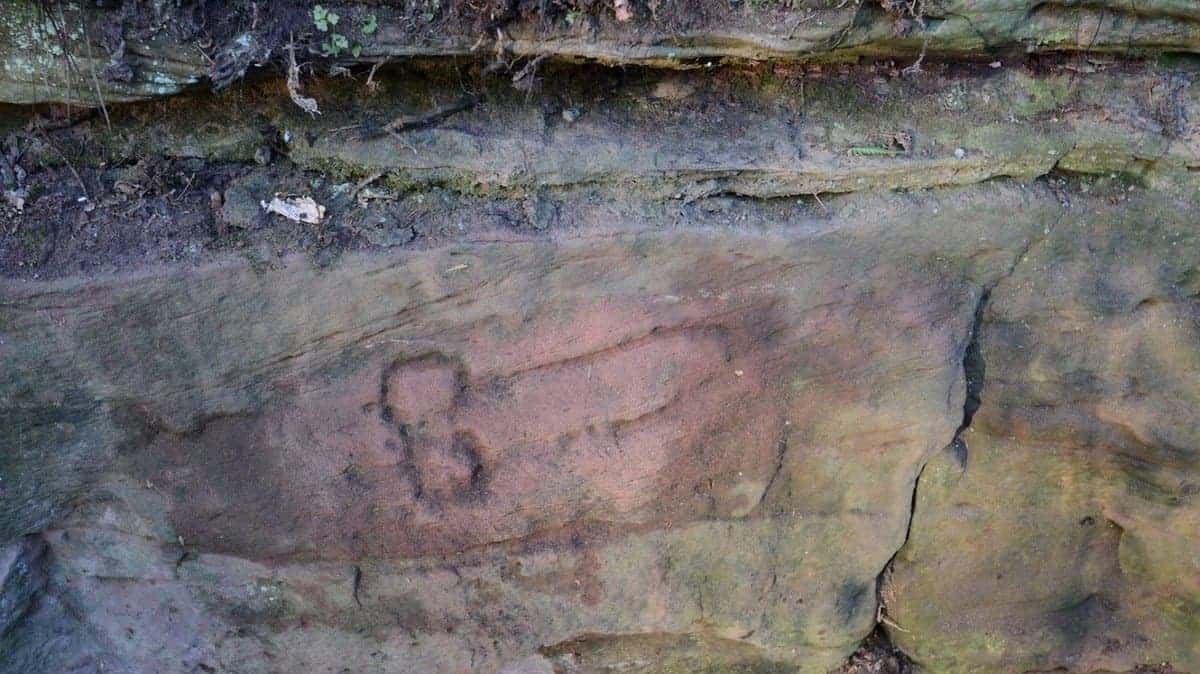It’s been long theoretized by most women, and not only, that there is a connection between the penis and the brain – and research done by Gill Bejerano, a biologist at Stanford University School of Medicine, and colleagues seems to support that theory, at least in a way.
Let’s look at our close relatives, the chimpanzees. Humans and chimps share over 97% of DNA, but it’s safe to say that between them and (most) humans there are some major differences in terms of appearance, and especially intellect. For example, we know that humans have larger brains, and within the brain, specifically a bigger angular gyrus, a region associated with abstract concepts, among others.
We also know that chimps have smaller penises which also have spines; don’t think about hedgehogs or anything, but just enough to make it… a little bumpy.
The team of researchers in case wanted to have a deeper understanding (no pun intended) of why these differences appear, so they analyzed genomes of humans and closely related primates and discovered more than 500 regulatory regions (the points which tell genes what to do) that chimps and other primates have, and humans don’t. In other words, they found out what parts of the genome humans lost through millions of years of evolution.
Think about it in terms of lightbulbs and switches: the light bulbs are the genes, while the switches are these DNA controlling sequences. If you have no bulb, you can’t turn it on and off; now think about a bulb that has five different switches that control it and can turn it on in different places and at different times. If you take one of them away, the bulb still works in four situations, but not in the fifth.
The study basically looked at two of these switches, and in order to analyze them, they took the switch information from chimps and hooked it up to what is called a receptor gene, a gene whose effects can be easily tracked. They injected this information into a mouse egg, to track the progress. They found that one switch makes sensory whiskers develop on the face and spines on the penis.
“This switch controls the expression of a key gene that’s required for the formation of these structures,” said David Kingsley, a study co-author at Stanford University. “If you kill that gene — smash the lightbulb — which has been done previously in mouse genetics, the whiskers don’t grow as much and the penile spines fail to form at all.”
You can read the full article over at Nature.
“It is detective work and a great reminder that, in the course of evolution, information is both gained and lost,” said Sean Carroll, an expert in animal genetics and evolution at the University of Wisconsin, Madison.
“As so often with very good ideas, it seems almost obvious in hindsight,” said Svante Pääbo, who directs the genetics department of the Max Planck Institute for Evolutionary Anthropology in Leipzig, Germany, and was part of the team that recently sequenced the Neanderthal genome. “Since two of the almost 500 deleted sequences they identified turn out to be interesting, I am sure that several other ones on their list will turn out to be interesting too,” he added. The researchers are continuing to analyse the remaining 508 DNA sequences.







